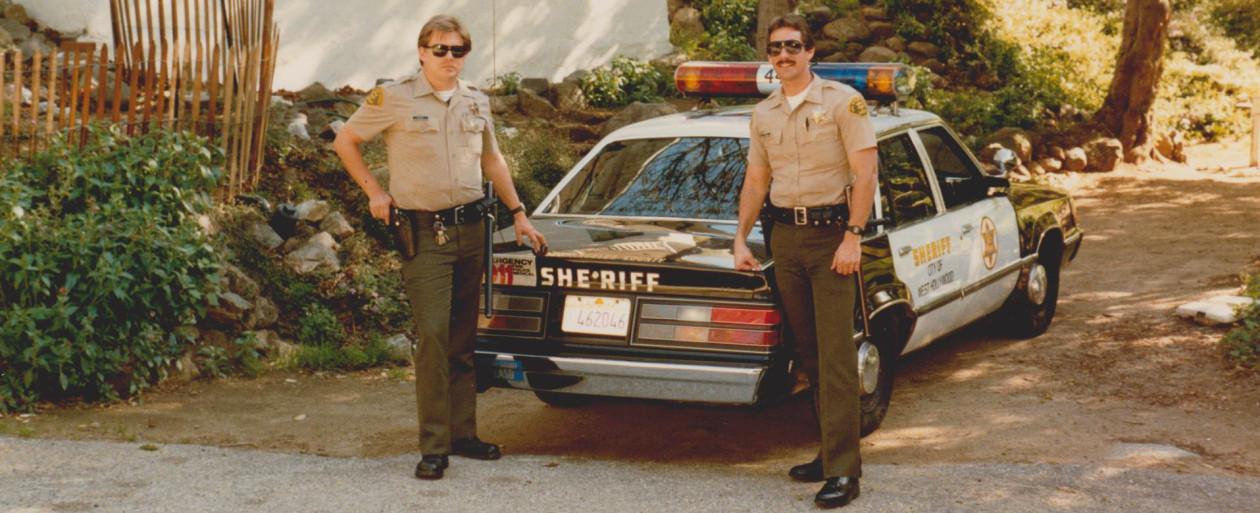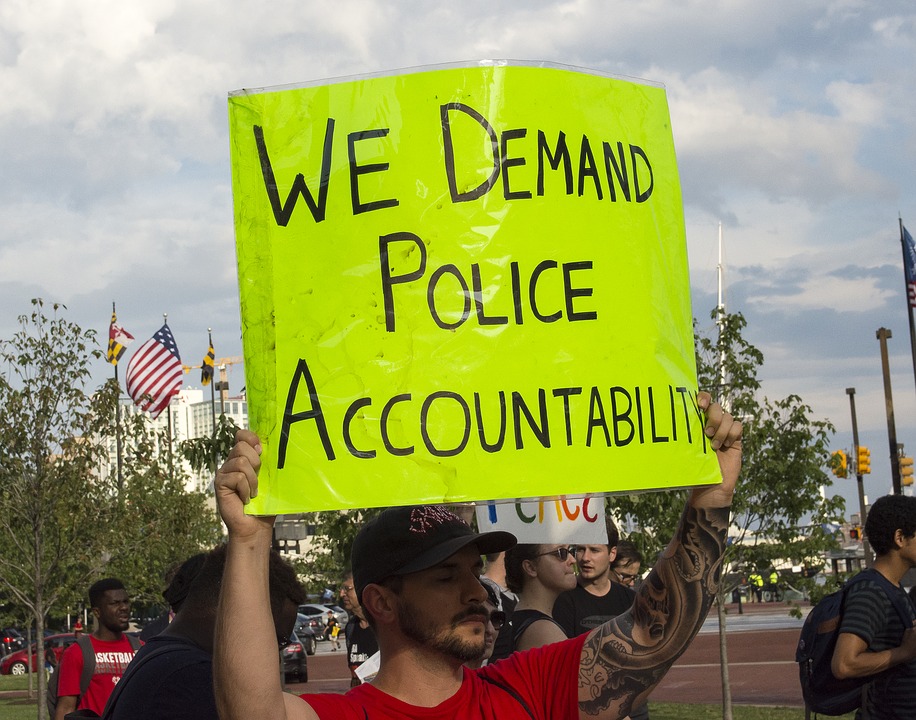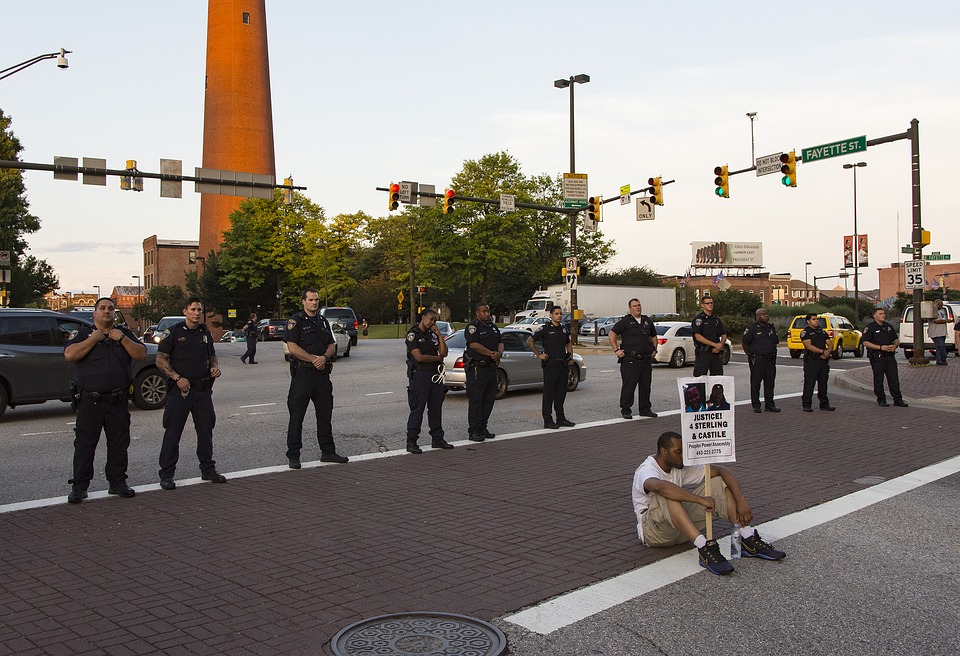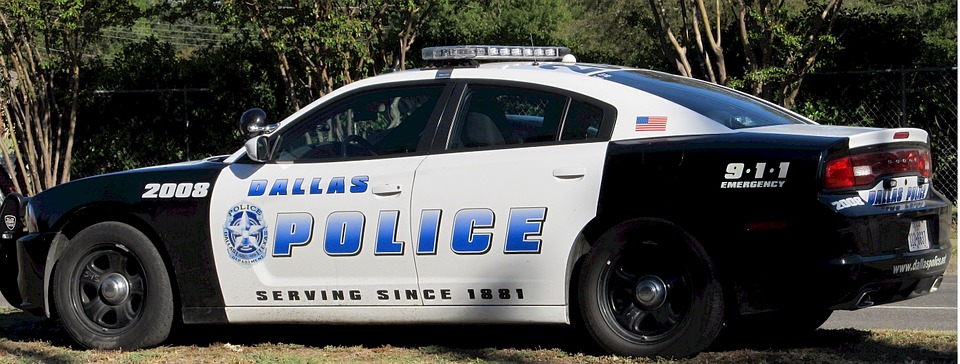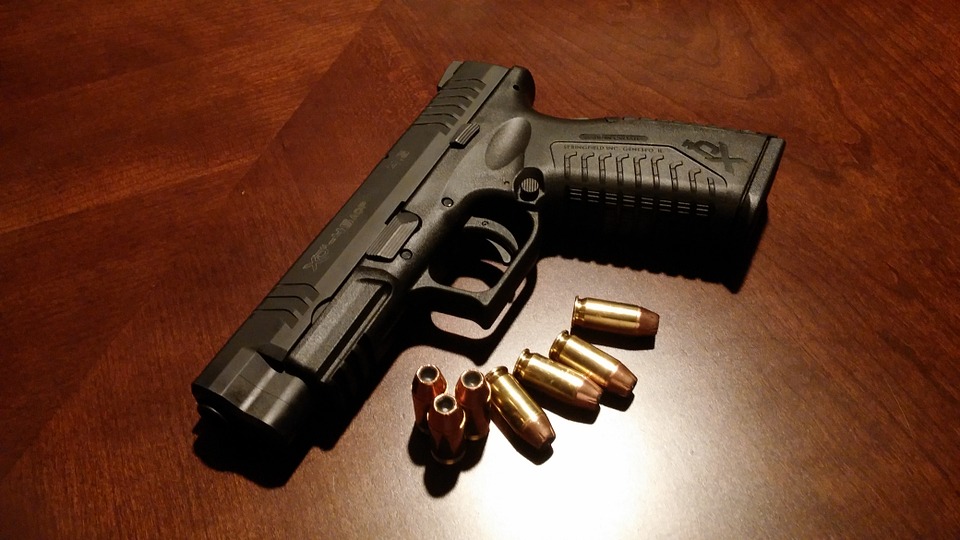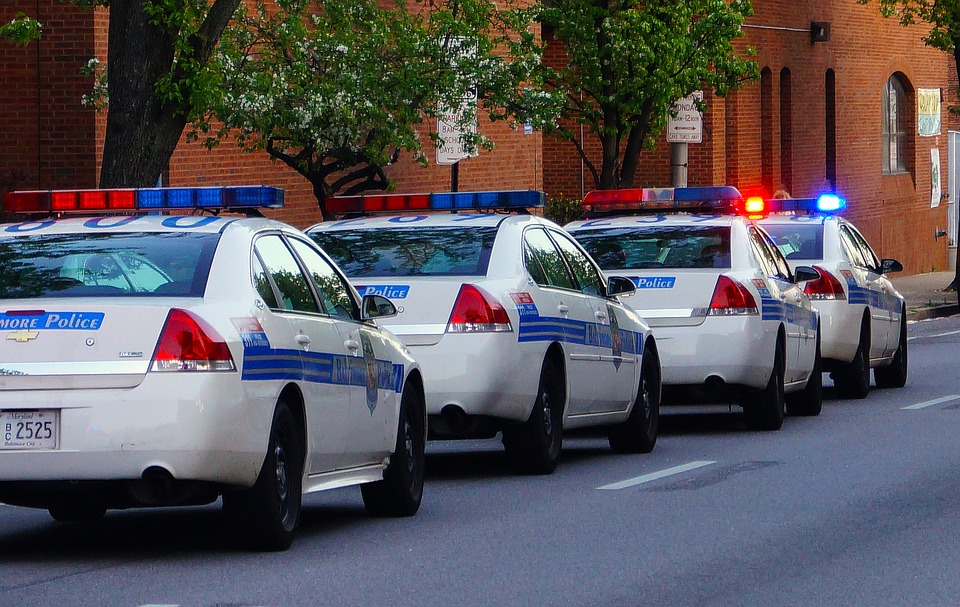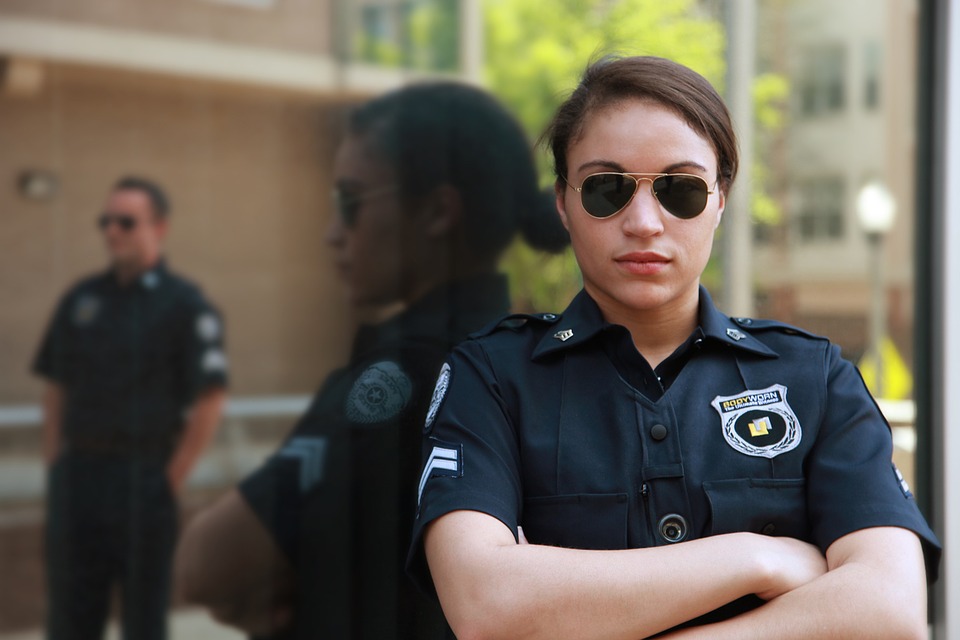What is going on in Chicago with its crime rate and violence? Sixty-five people were shot in Chicago over the Labor Day weekend, resulting in 13 fatalities, as the city reached its 500th homicide of the year. One thing for sure, it is definitely a city in crisis.
This year over the Fourth of July weekend Chicago recorded 66 people shot with 5 fatalities. The Memorial Day weekend saw 69 people shot with six fatalities.
Reports indicate the police attribute many of these violent incidents to guns, gangs, acts of retaliation, weekend parties, and tense encounters and disputes. Many point to the overall decrease of arrests by law enforcement and the lack of any effective narcotics enforcement as contributing factors.
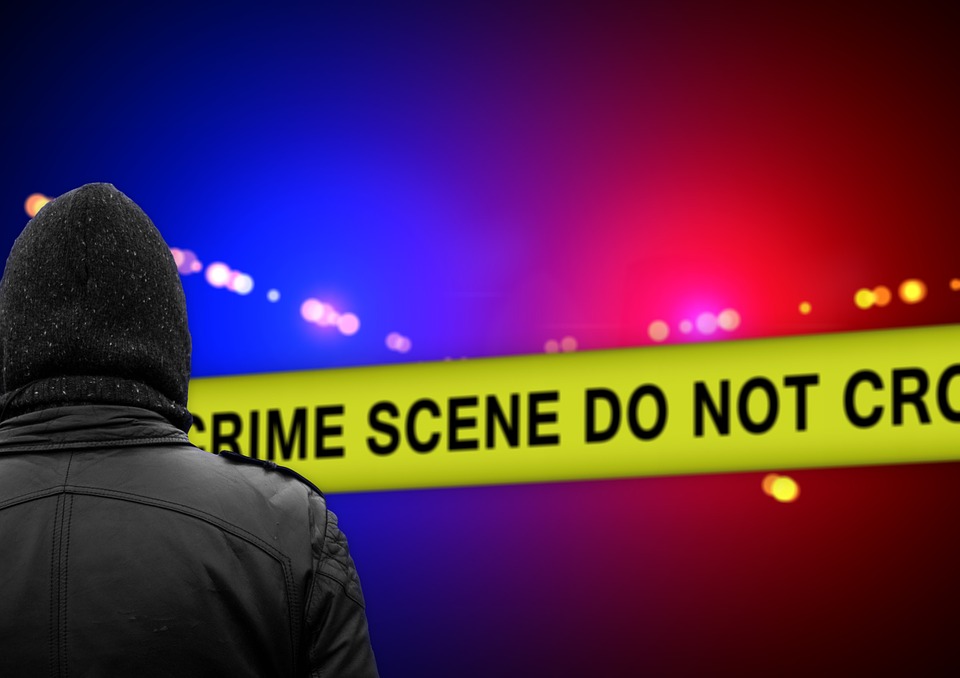
At the time of this writing, Chicago has one person shot every 2 hours with a murder occurring every 11 hours and 42 minutes. Approximately 91% are the result of gunshots. Approximately 78% of the victims and suspects are Black, with 17% Hispanic. The total number of shooting victims for the year currently stands at 3,033, while 2015 resulted in 2,988 shooting victims. The homicide total for the year stands at 512 according to the Chicago Tribune. There were 491 total homicides last year.
Homicides in Chicago for this year have risen to levels not seen since the 1990’s when killings topped out at more than 900. The 90 homicides in August tied for the most the city had endured for a single month since June of 1996.
Shootings and homicides in Chicago continue to far outpace those in New York and Los Angeles, which are both larger cities. These two cities combined had 409 homicides during this same approximate time period, far below Chicago’s total.
Chicago is so far out of control that recently a 71 year old man was watering his front lawn in broad daylight and was shot in the stomach and robbed by two young African-American men who rode up on bicycles. Who would want to visit, attend a convention, corporate conference, or sporting event in Chicago under these conditions?
Why is this violence not under control after several years of extremely high rates of deadly violence and shootings? Are the police taking appropriate measures? Are they lacking leadership, resources and manpower? What are the political leaders and establishment doing? Why aren’t more people protesting and demanding change? Where are the special interest groups? For those who live in Chicago and know the situation better than I, tell us what needs to be done?
Where is the mutual aid of the surrounding law enforcement agencies if there is a shortage of resources and manpower? Should Martial Law be implemented and the National Guard deployed? Is there any assistance coming from the Federal Government? It appears to me, from my perspective, whatever is being done is not working nor is it very effective? #chicagocrimerate, #chicagohomicides, #chicagoviolence
To follow me and or purchase my book, “Never Again”, please go to my website- https://billcweiss.com.
As a retired Lieutenant and 32-year veteran of the Los Angeles County Sheriff’s Department, Bill Weiss worked various patrol, custody, administrative, investigative, and special assignments. He has been an Incident Commander for several major tactical incidents. He is a graduate of the University of Southern California, with a Master’s degree in Public Administration.
